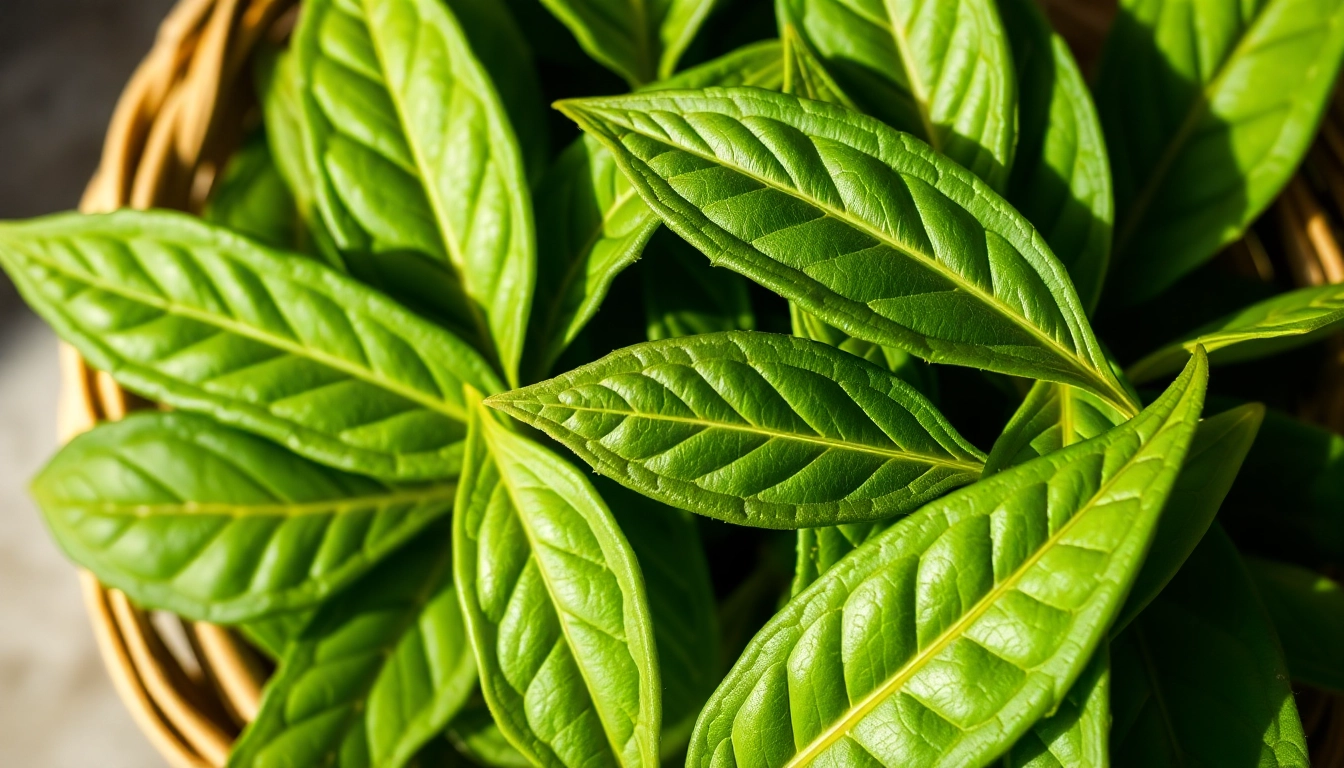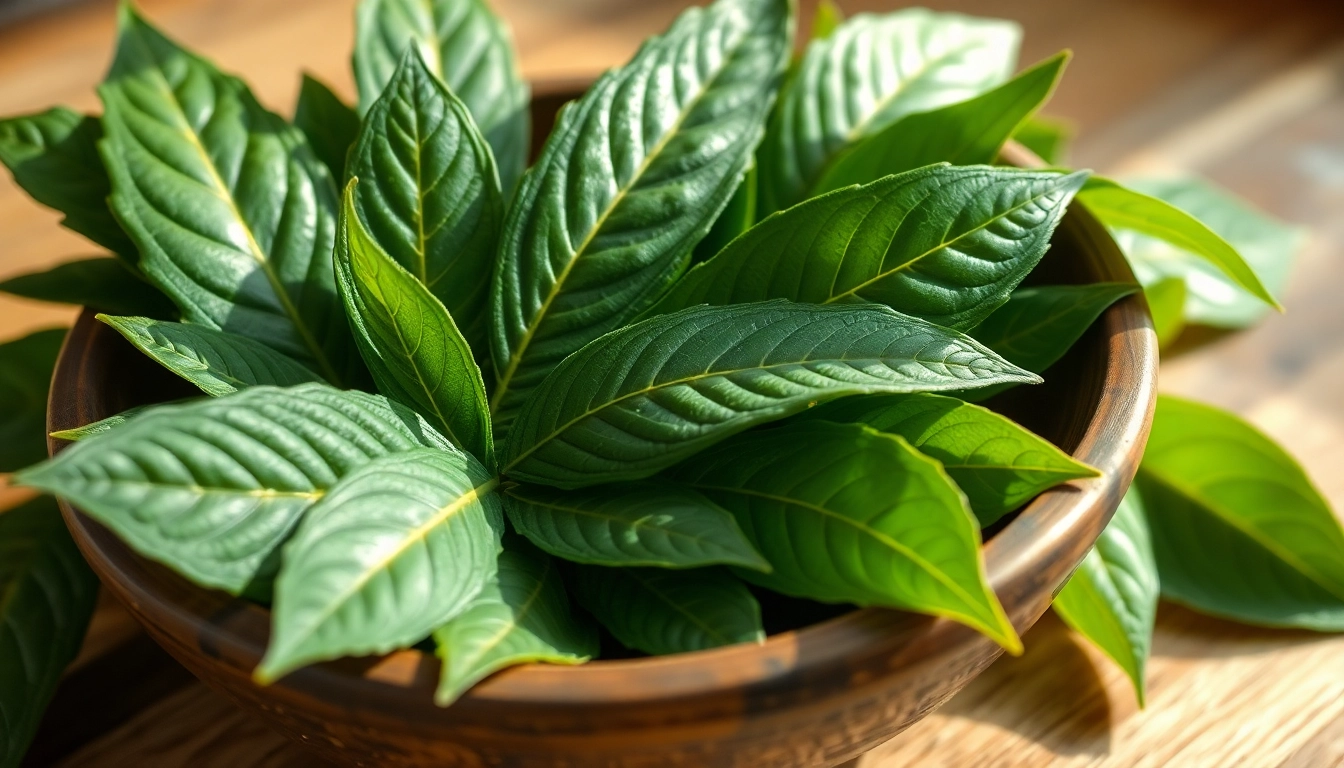The Significance of Bay Leaves in Culinary Arts
Bay leaves have been a fundamental ingredient in culinary traditions worldwide, revered for their unique ability to enhance a wide array of dishes. Originating from the Bay Leaves plant, these aromatic herbs offer more than just flavor; they contribute to the overall aroma, depth, and complexity of recipes. As a leading manufacturer and exporter of authentic spices and herbs, Spice Nest recognizes the importance of sourcing high-quality bay leaves to meet the discerning needs of chefs and food enthusiasts globally. From homemakers preparing traditional dishes to professional culinary artisans, understanding the benefits and proper usage of bay leaves can elevate everyday cooking to new levels of excellence.
Understanding the Nutritional and Health Benefits of Bay Leaves
Beyond their culinary appeal, bay leaves are rich in essential oils, antioxidants, vitamins, and minerals that offer notable health benefits. They contain compounds such as eucalyptol, pinene, and linalool, which possess anti-inflammatory, antimicrobial, and digestive properties.
Research indicates that bay leaves can aid digestion, reduce inflammation, and support cardiovascular health. The presence of antioxidants helps neutralize free radicals, thus contributing to better immune function and slowed aging processes. Incorporating bay leaves into your diet can also support weight management by stimulating metabolism and curbing appetite when used as a flavoring agent in soups and stews.
As part of a balanced diet, bay leaves can serve as a natural remedy for digestive issues, bloating, and even respiratory conditions. It’s essential, however, to use them in moderation and to consult healthcare professionals for specific health concerns. When sourced from reliable and Certified suppliers like Spice Nest, consumers can be assured of the purity and quality of these beneficial herbs.
Flavor Profile and Culinary Uses of Bay Leaves
Bay leaves are known for their subtly pungent, slightly bitter taste with hints of floral and herbal notes. When used correctly, they bring a depth of flavor that complements savory dishes, especially those cooked slowly or simmered for extended periods.
In culinary applications, bay leaves are a versatile ingredient. They are prized in braised dishes, soups, stews, sauces, marinades, and pickles. During cooking, the essential oils released from bay leaves infuse the dish with a warm, slightly peppery aroma, enhancing the overall sensory experience. Though they are typically removed before serving, their presence influences the dish’s complexity significantly.
In addition to traditional uses, innovative chefs experiment with bay leaves in seasoning blends, infused oils, and herbal teas. The balanced bitter-sweet flavor profile makes them an indispensable component in regional cuisines such as Indian, Mediterranean, and French cooking.
How Bay Leaves Enhance Different Cuisines
From the rich curries of India to the hearty stews of the Mediterranean, bay leaves play a pivotal role in defining regional flavors. In Indian cuisine, especially in dishes like biryanis and dals, bay leaves harmonize spices and balance heat. They are also integral to Chutneys and spice blends used in traditional recipes, offering authenticity and depth.
In European cooking, bay leaves are often used in adding layers to soups like Minestrone or in slow-cooked roasts, imparting aromatic complexity. The herb’s ability to blend seamlessly with garlic, thyme, rosemary, and other herbs makes it ideal for creating flavor profiles that define these regional cuisines.
Exploring the diverse applications of bay leaves across cultures not only enriches culinary skills but also helps cooks understand how authentic flavor construction works at a fundamental level. For manufacturers like Spice Nest, maintaining the integrity of bay leaves through proper processing ensures consumers receive the genuine taste experiences associated with regional dishes.
Choosing the Best Bay Leaves for Your Kitchen
Fresh vs Dried Bay Leaves: Which to Select?
One of the crucial decisions when purchasing bay leaves is choosing between fresh and dried varieties. Fresh bay leaves are tender, vibrant, and fragrant, but they are less common in commercial markets due to their perishability. Dried bay leaves, on the other hand, are more readily available, have a longer shelf life, and retain their aroma when stored properly.
High-quality dried bay leaves should be aromatic, with a strong fragrance that indicates freshness. Fresh bay leaves tend to have a more delicate flavor, suitable for immediate consumption, whereas dried leaves are ideal for long-term storage and cooking usage. At Spice Nest, our dried bay leaves are carefully processed and packaged to preserve their original aroma and flavor, ensuring they meet international quality standards.
How to Identify High-Quality Bay Leaves
Quality bay leaves are distinguished by their uniform size, consistent coloration, and aromatic potency. Look for leaves that are greenish-brown, free from powders or dust, and free from any signs of mold or insect damage. Certified suppliers offer guarantees regarding the purity, origin, and processing standards—key factors to ensure product authenticity and safety.
Storage Tips to Maintain Freshness and Aroma
Proper storage is essential to preserve the flavor and aroma of bay leaves. Keep them in airtight containers, away from direct sunlight, heat, and moisture. Glass jars or vacuum-sealed packaging are excellent options. Regularly checking stored bay leaves for signs of deterioration ensures they retain their medicinal and culinary qualities for an extended period. Spice Nest’s packaging solutions ensure optimal freshness, making our bay leaves a reliable choice for professional kitchens and households alike.
Incorporating Bay Leaves into Your Recipes
Popular Dishes That Benefit from Bay Leaves
Bay leaves are an essential ingredient in many celebrated dishes. They are used in:
- Rich Indian curries such as Veg Kolhapuri and Dal-based dishes
- Slow-cooked stews and soups like French Bouillabaisse
- Herb-infused rice pilafs and biryanis
- Pickling processes to add depth and preservation qualities
The key is to include bay leaves early in the cooking process, allowing their oils to infuse the dish. For example, in making a flavorful tomato gravy base or palak gravy, adding bay leaves enhances the overall aroma and taste, making the dish more savory and appealing.
Step-by-Step Guide to Using Bay Leaves Correctly
To maximize their flavor, follow these practical tips:
- Use whole bay leaves for maximum aroma; avoid crushing them unless the recipe specifies.
- Add bay leaves during the initial stage of cooking, such as when sautéing spices or simmering liquids.
- Fish out the bay leaves before serving, as their appearance and texture are not usually desired at the table.
- Adjust the quantity according to the dish’s volume; typically, 1-2 leaves suffice for a pot of stew or curry.
Creative Ways to Use Bay Leaves Beyond Traditional Cooking
Innovative chefsand home cooks alike are exploring novel ways to utilize bay leaves, including infusing oils and vinegars, brewing herbal teas, and creating aromatic sachets for home fragrance. These applications leverage the herb’s aromatic properties, adding depth not only to food but also to household environments. Spice Nest’s premium bay leaves are perfect for such creative ventures, ensuring authentic flavor and aroma in every application.
Where to Find Authentic and Certified Bay Leaves
Trusted Suppliers and Exporters of Bay Leaves
For authentic, high-quality bay leaves, sourcing from reputable manufacturers is critical. Spice Nest stands out as India’s largest manufacturer and exporter of herbs, including 100% certified bay leaves. Our extensive presence at major food exhibitions worldwide showcases our commitment to quality and food safety standards. Our strategic partnerships with major distributors and retailers ensure that premium bay leaves reach kitchens and markets globally.
Certifications and Quality Assurance
Our bay leaves undergo rigorous processing and inspection protocols, certified by various international standards, including HACCP and ISO certifications. These certifications guarantee purity, absence of contaminants, and adherence to food safety regulations, providing peace of mind to buyers across retail, wholesale, and institutional sectors.
Packaging Options for Wholesale and Retail Buyers
Spice Nest offers versatile packaging solutions tailored to different market needs, from small retail packs of 200gm to bulk quantities of 5kg and more. Our packaging preserves flavor, prevents moisture ingress, and maintains aroma integrity during transportation and storage. Additionally, our tamper-proof and environmentally sustainable packaging options reinforce our commitment to quality and sustainability.
Market Trends and Future Outlook for Bay Leaves
Global Demand and Export Opportunities
The global culinary appreciation for herbs like bay leaves continues to grow, driven by increasing demand for natural flavor enhancers and holistic health remedies. The rising popularity of organic and Ayurvedic products propels exports from India, where Spice Nest is a key player. According to industry reports, the herbs segment, including bay leaves, is projected to expand at a CAGR of over 6% in the next five years, unlocking significant export opportunities.
Emerging Markets and Consumer Preferences
Emerging markets in Southeast Asia, the Middle East, and Africa are adopting traditional herbs for everyday cooking, restaurant menus, and packaged food products. Consumers increasingly prefer authentic, certified herbs that guarantee safety and quality. This shift encourages manufacturers to innovate with value-added products such as pre-packaged spice blends, infusions, and ready-to-use pellets.
Innovative Products and Value-additions with Bay Leaves
To cater to evolving consumer needs, companies like Spice Nest are pioneering innovative products such as organic bay leaf extracts, flavor capsules, and herbal infusions. Additionally, integrating bay leaves into pre-seasoned processed foods and ready-to-eat products aligns with the trend towards convenience without compromising taste. Investing in R&D to develop such products ensures competitive advantage and market differentiation.

